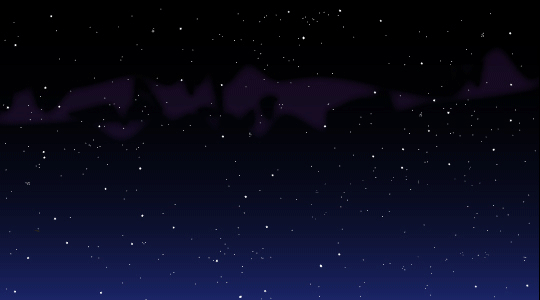
Now that April’s full moon is starting to wane moonlight will hopefully not interfere with April’s meteor shower: the Lyrids.
Known for how bright they are and fast they fly across the sky leaving glowing trails of dust, they already began on April 16, but they peak between April 21-23 with between 15 to 20 meteors per hour.
The Lyrids, called that because they seem to come from the constellation Lyra, were first recorded by the Chinese in 687 BC, making them the oldest known meteor shower.
What observers see is debris from the C/1861 G1 Thatcher comet in both the Northern and Southern Hemispheres as the comet’s orbit crosses those skies in mid-late April.
Best time to watch is predawn when the moon has set and the sky is still dark. If watching for them, give your eyes a chance to adjust to the night sky and find a spot away from street and highway lights and businesses.
For more information visit NASA at SolarSystem.nasa.gov and EarthSky at Meteor Shower Guide.
